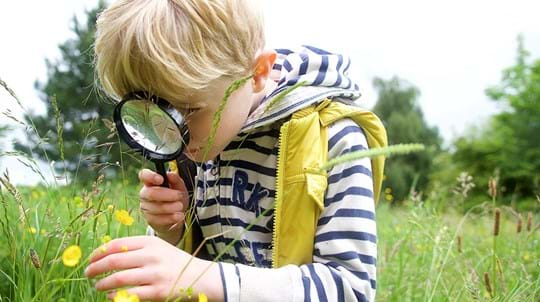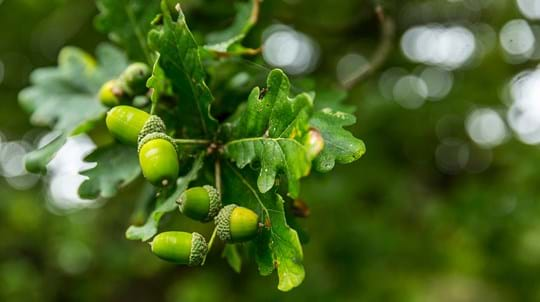
The Punchbowl
Llanfoist

Woodland Trust wood
38.09 ha (94.12 acres)
SO281117
Explorer 13
OS Landranger 161
This spectacular site on the eastern side of the Blorenge Mountain in Wales is dominated by a large, wooded glacial cwm containing a man-made lake. Some of the trees here are over 200 years old. With excellent paths and viewpoints, this wood is a must-visit!
Features
- Parking nearby
- Public access
- Grassland
- Broadleaved woodland
How to get to The Punchbowl
This spectacular site lies within the Brecon Beacons National Park, on the eastern side of the Blorenge Mountain. The nearest village is Llanfoist, on the outskirts of Abergavenny.
The site can be accessed from Llanfoist by taking the Llanellen road (B4269) southwards to the first lane on the right after the village. Follow the lane steeply upwards for 1.5 miles, then take the right hand fork and proceed a further mile until you reach the roadside parking area of the Brecon Beacons National Park. The entrance to The Punchbowl is on the right after another half a mile. Parking is best on the edge of the common.
The nearest train station is in Abergavenny, approximately 3 miles away.
Some Abergavenny bus services stop at Llanfoist village. For up-to-date travel details visit www.traveline.info.
Facilities and access
The paths through the site are unsurfaced, uneven and can be wet and slippery in places. Paths down to the lake in particular are extremely steep - walking boots and rain gear are recommended.
Public access routes include a road used as a public path (RUPP), a regularly used bridleway and a permissive path.
There are four pedestrian entrances situated on the southern and eastern boundaries. The main entrance to the site is in the south-western corner through a gate where there is also a public information board.
There is no Woodland Trust car park at the site although there is space on the grass to park two or three cars at the main entrance.
There is also a car park for up to 10 cars maintained by the National Park 0.4 miles down the lane leading up to the site.
The nearest public toilets are in Abergavenny.
Wildlife and habitats
Animals
Look out for waterfowl on the lake or a grey heron trying its luck. In summer dragon and damselflies also patrol the water's surface. You might also hear singing warblers or the distinctive calls of the cuckoo and green woodpecker.
Trees, plants and fungi
The slopes of the cwm are wooded mainly with wood pasture of old beech pollards, some of which are over 200 years old, as well as ash, sessile oak and rowan. Several smaller blocks of more recent planting exist nearer the lake, which were introduced by the National Park around 1980, before Woodland Trust acquisition in 1987.
Among the trees, look for ferns and grasses such as broad buckler fern, wood-rush, false-brome and tufted hair grass.
Habitats
The woodland here is ancient woodland, and in fact is one of the highest such areas in Britain. The area was also once managed as wood pasture, where livestock would have been allowed to graze freely beneath pollarded trees.

A lasting legacy
This wood is just one of many to have been protected by gifts in wills, securing it for generations to come. Your legacy gift could also make a real difference to woods, trees and wildlife.
Learn what your gift could meanAbout The Punchbowl
Geology
The unusual shape of the The Punchbowl was formed by glacial erosion during the last Ice Age. As the ice retreated, it left behind a circular, bowl-like depression called a cwm (the Welsh word for valley). The lake you see today is not a natural feature but was added later by people.
History
There is evidence of charcoal hearths among the trees, dating back to the site's history as a working woodland. It's thought that the beech trees were last pollarded around 1900. An old dry stone wall also lies along the western boundary of the site.
Things to do at The Punchbowl
Walks
The Punchbowl is on or close to two long distance routes which take in the surrounding landscape.
The Iron Mountain Trail
A 12-mile circular walk around the Blorenge Mountain which passes through The Punchbowl. It runs through the major sites of the Blaenavon Industrial Landscape World Heritage Site and includes tram roads and the canal. It starts from Pen-ffordd-goch Pond car park (known locally as Keeper's Pond) at SO 254 197.
The Usk Valley Walk
Follows the Monmouthshire and Brecon Canal towpath past Llanfoist, continuing as far as Brecon or south to Newport.




























